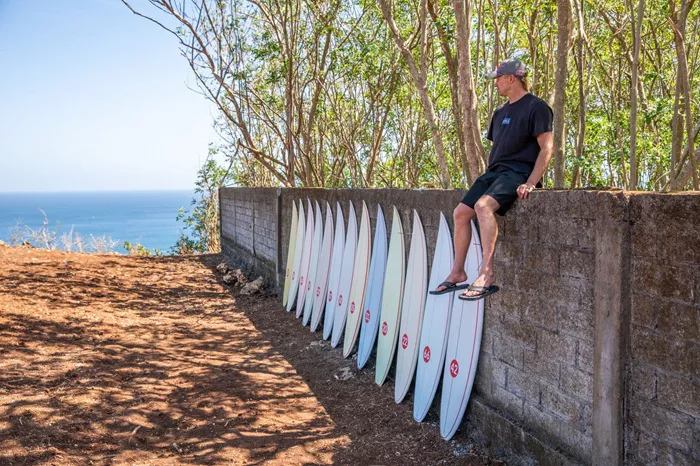The global surfboard market is set to experience significant growth over the coming decade, with a forecasted increase from US$ 3.82 billion in 2025 to approximately US$ 5.7 billion by 2032, representing a compound annual growth rate (CAGR) of 5.9%, according to a new report by Persistence Market Research.
This upward trend is attributed to the expanding global enthusiasm for surfing as both a competitive sport and recreational activity. The surge in adventure tourism and rising consumer demand for personalized, eco-conscious water sports experiences are fueling the market’s robust expansion. Leading manufacturers are responding by innovating in board design and materials to meet the diverse needs of amateur enthusiasts and professional surfers alike.
Market Trends and Key Drivers
Shortboards remain the dominant product segment, favored for their agility and suitability for advanced surfing techniques. Meanwhile, longboards and funboards continue to attract beginners due to their stability and ease of use. The market’s end users span professional surfers seeking custom performance boards, recreational surfers prioritizing affordability, and surf schools purchasing durable equipment designed for novices.
North America leads the global surfboard market in value and participation, particularly due to its mature surf culture and strong tourism industry centered around renowned locations such as California and Hawaii. The region also benefits from an integrated surfing lifestyle supported by numerous surf apparel brands.
In parallel, the Asia-Pacific market is emerging rapidly, driven by growing interest in surf hotspots like Indonesia, Australia, and the Philippines. Rising coastal tourism and government initiatives to promote surfing infrastructure are further supporting growth in countries such as Japan and South Korea.
Technological Innovation and Sustainability
Technological advancements in surfboard manufacturing, including the development of lightweight, durable, and eco-friendly materials, are attracting environmentally conscious consumers. Hybrid boards that combine performance with stability are also gaining traction among surfers of all levels.
The increasing visibility of surfing on global platforms, including its recent inclusion in the Olympic Games, is stimulating youth engagement and broadening the sport’s appeal worldwide.
Challenges and Market Constraints
Despite its promising outlook, the surfboard market faces challenges. High costs associated with premium and custom boards limit accessibility for entry-level consumers. Additionally, the sport’s geographic dependence on suitable coastal conditions restricts market penetration in landlocked regions.
Seasonal fluctuations tied to weather and tide conditions impact consistent demand. Environmental concerns such as coral bleaching and coastal erosion, exacerbated by climate change, pose risks to surf tourism in vulnerable areas.
Opportunities Ahead
Emerging markets in developing coastal nations present significant opportunities for growth as governments and private sectors increasingly invest in surfing-related tourism. Furthermore, the trend toward sustainable surfboards made from recycled or bio-based materials is opening new avenues for product innovation and brand differentiation.
Partnerships between surf brands and environmental organizations are gaining momentum, appealing to a growing base of eco-conscious consumers and enhancing brand loyalty.

